Seiichi Yoshida's Diary of Comet Observations (2010)
|
Japanese version Home page |
Updated on December 5, 2010 |
![]()
|
Go to Seiichi Yoshida's Diary of Comet Observations in 2011. |
![]()
|
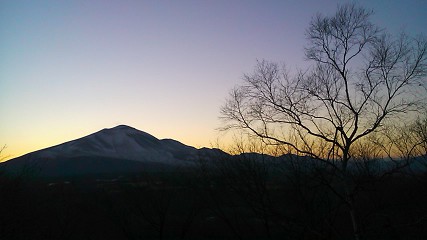 |
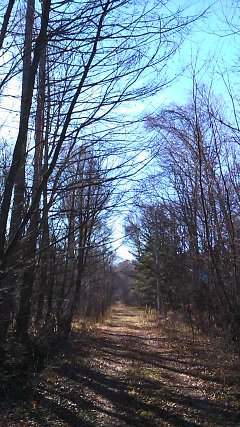 |
I observed 8 comets visually on Dec. 4 in Kita-karuizawa, Gunma, Japan.
After heavy rain and strong wind in Friday, I could have a fine weekend with no clouds.
But unfortunately, the sky was not excellent. I could see very faint stars with higher magnification. However, it was poor to see wide diffuse comets because the background sky became dim with lower magnification.
C/2009 K5 ( McNaught )
fainter than 14.5 mag Dia. 0.7' (40.0-cm reflector 144x)
Not visible, although some reported it looks bright visually still now under the clear sky.
C/2009 P1 ( Garradd )
13.0 mag Dia. 1.0' DC 4 (40.0-cm reflector 144x)
Hard to see due to the low sky condition. This time, my estimation became much fainter than my previous report. But the comet seems to keep almost same brightness around 12-13 mag based on my feeling impression.
C/2009 Y1 ( Catalina )
12.9 mag Dia. 0.7' DC 7 (40.0-cm reflector 144x)
Tiny, but very easy to see with strong condensation. I could find the comet quickly after I moved my telescope to the comet's field.
P/2010 V1 ( Ikeya-Murakami )
fainter than 11.9 mag Dia. 1.6' (40.0-cm reflector 144x)
Not visible, although some reported it looks large and bright visually still now under the clear sky. It has faded out very quickly only within one month.
It located near by Saturn last time, and near by Venus this time. So it was easy to move my telescope to the comet's field.
10P/Tempel 2
fainter than 12.8 mag Dia. 1.8' (40.0-cm reflector 144x)
Not visible, although some reported it looks large and bright visually still now under the clear sky.
29P/Schwassmann-Wachmann 1
14.3 mag Dia. 0.5' DC 4 (40.0-cm reflector 257x)
Not in outburst. Visible, but extremely faint. Too faint to determine the DC precisely.
103P/Hartley 2
7.6 mag Dia. 11' DC 6 (40.0-cm reflector 36x)
It became much smaller than last month. But it is still very bright. The comet was visible in the same field with open clusters M46 and M47. That was a very enjoyable sight.
240P/NEAT
14.6 mag Dia. 0.4' DC 4 (40.0-cm reflector 257x)
Unexpectedly, it looks visible visually. It looks small.
|
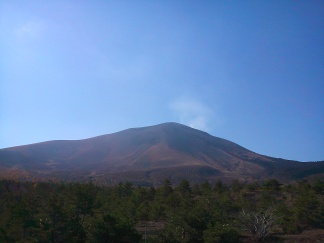 |
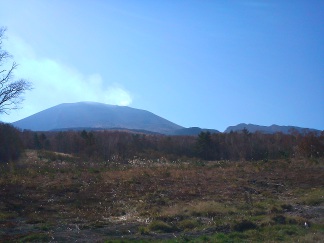 |
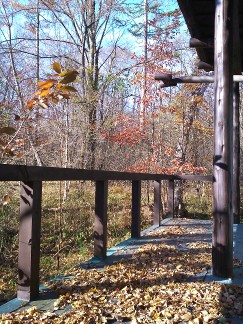 |
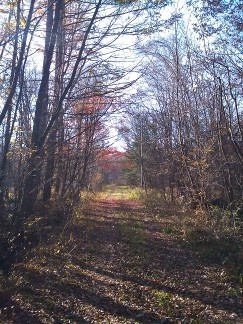 |
I observed 9 comets visually on Nov. 5 and 6 in Kita-karuizawa, Gunma, Japan.
After hearing the discovery by Kaoru Ikeya and Shigeki Murakami, I decided to go comet observing to see the new comet in Kita-karuizawa. Fortunately, I could have fine sky without any clouds at all both nights.
The weather was fine without clouds also in daytime. Red and yellow leaves are shining with sunlight here and there. It was a beautiful sight.
It was warm in daytime, but very cold at night.
I also observed epsilon Aur (Almaaz), now in eclipse after 27 years. It was 3.7 mag on Nov. 5.57. Because the amplitude is small as about 0.8 mag, I had imagined that it is not easy to see the difference. But actually, the impression of Auriga became very different.
C/2009 K5 ( McNaught )
Nov. 5 fainter than 13.8 mag Dia. 0.6' (40.0-cm reflector 257x)
It became too faint to see.
C/2009 P1 ( Garradd )
Nov. 6 11.5 mag Dia. 1.0' DC 4 (40.0-cm reflector 257x)
Unexpectedly bright and visible visually. But my estmation seems too bright.
C/2009 Y1 ( Catalina )
Nov. 5 13.6 mag Dia. 0.4' DC 6 (40.0-cm reflector 257x)
Nov. 6 13.2 mag Dia. 0.7' DC 5 (40.0-cm reflector 257x)
Tiny, but clearly visible with a strong condensation.
C/2010 B1 ( Cardinal )
Nov. 6 14.3 mag Dia. 0.5' DC 5 (40.0-cm reflector 257x)
Unexpectedly visible visually, but very hard to see.
C/2010 V1 ( Ikeya-Murakami )
Nov. 5 8.5 mag Dia. 3.5' DC 7 (40.0-cm reflector 75x)
Nov. 6 9.0 mag Dia. 4.5' DC 6 (40.0-cm reflector 75x)
Bright, very strongly condensed, and easy to see. It looks small.
It located near by Saturn, so easy to find with a telescope.
The low sky was clear. I could find Saturn and gamma Vir soon after they rose over the horizon.
10P/Tempel 2
Nov. 5 11.9 mag Dia. 2.1' DC 3 (40.0-cm reflector 75x)
Nov. 6 11.4 mag Dia. 2.2' DC 3 (40.0-cm reflector 144x)
It became faint, but it looks large still now.
29P/Schwassmann-Wachmann 1
Nov. 5 fainter than 13.1 mag Dia. 1.3' (40.0-cm reflector 144x)
Nov. 6 fainter than 13.7 mag Dia. 0.7' (40.0-cm reflector 257x)
Not visible.
65P/Gunn
Nov. 6 fainter than 13.0 mag Dia. 0.6' (40.0-cm reflector 257x)
Not visible, although I had expected it is bright.
103P/Hartley 2
Nov. 5 5.6 mag Dia. 19' DC 7 (10x70 monocular)
Nov. 6 5.9 mag Dia. 19' DC 6 (10x70 monocular)
Bright. Very large coma extends through a 40-cm telescope. But the central condensation is very strong.
|
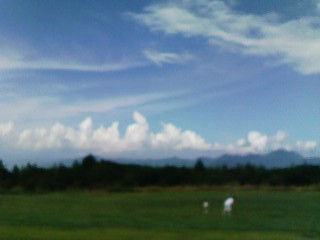 |
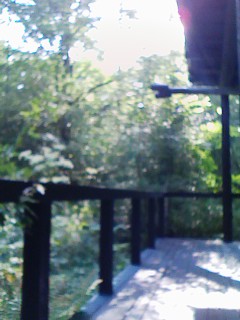 |
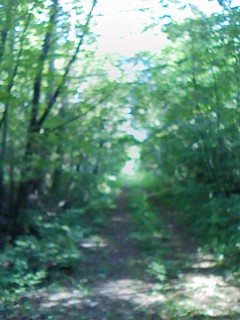 |
I observed 4 comets visually on Aug. 7 in Kita-karuizawa, Gunma, Japan.
The weather was fine this weekend. Comfortable stay in high-land, far from the very hot metropolis Tokyo. I enjoyed star watching.
Many clouds existed in day time, and it became completely cloudy in the evening. But then the weather became fine with no clouds. But it was not clear in the low sky. It became foggy temporarily.
The sky kept fine until dawn. But clouds came from the south and covered the whole sky quickly just before the morning glow began. I could observe comets before clouds covered the sky.
I also enjoyed Jupiter with only one band.
C/2008 FK75 ( Lemmon-Siding Spring )
fainter than 14.8 mag Dia. 0.3' (40.0-cm reflector 257x)
The sky is very clear and very faint background stars are visible. But unexpectedly, the comet is not visible, although it was reported as 14 mag with a fine shape recently by CCD observations.
C/2009 K5 ( McNaught )
11.4 mag Dia. 1.0' DC 4 (40.0-cm reflector 144x)
It has faded, but still bright and visible visually.
10P/Tempel 2
8.7 mag Dia. 8.5' DC 6 (40.0-cm reflector 36x)
See it again since 1999. Now it is very bright, much brighter than my last observations in 1999!
Very wide, but well condensed.
103P/Hartley 2
13.4 mag Dia. 0.6' DC 6 (40.0-cm reflector 257x)
See it again since 1998. This comet will be very bright this autumn.
I was surprised that it is already bright and visible, because few visual observations have been recently. Well condensed, not tiny.
|
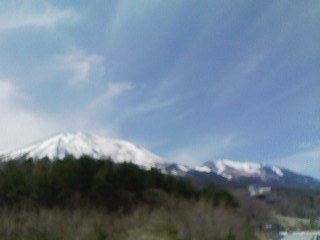 |
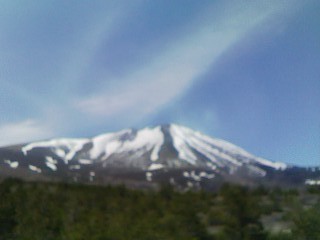 |
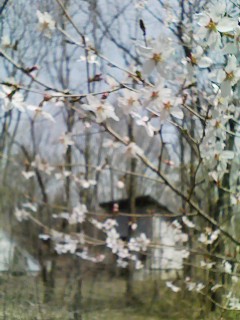 |
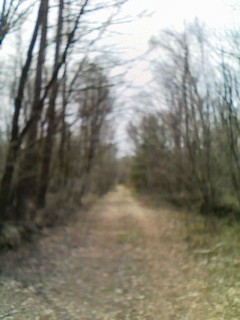 |
I observed 6 comets visually on May 1, 2 and 3 in Kita-karuizawa, Gunma, Japan.
The weather was fine during a spring holiday week in Japan.
Many bright comets locate in the evening sky, and I enjoyed them before the moon rise. I also enjoyed clusters and nebulae with my 40-cm reflector.
It was very warm in daytime, but it got very cold at night. However, the climate was not humid at all during the three nights. So my observation was comfortable.
On May 1, it was completely fine with no clouds all through the night. On May 2, it was also fine with no clouds, but it became cloudy at dawn. On May 3, it was fine in the evening, but thin clouds came from the south east, then it became cloudy soon.
C/2007 Q3 ( Siding Spring )
May 1 12.4 mag Dia. 1.4' DC 4 (40.0-cm reflector 144x)
May 2 12.4 mag Dia. 1.3' DC 4-5 (40.0-cm reflector 144x)
May 3 12.6 mag Dia. 1.3' DC 3 (40.0-cm reflector 144x)
Finally I could see it. It must be much fainter than its maximum. But it is still bright and easy to see.
Many artificial satellites passed through the northern sky around this comet.
C/2009 K5 ( McNaught )
May 1 8.2 mag Dia. 7' DC 7 (40.0-cm reflector 36x)
May 2 8.5 mag Dia. 7' DC 7 (40.0-cm reflector 36x)
May 3 8.3 mag Dia. 5.5' DC 6-7 (40.0-cm reflector 36x)
Strongly condensed and very bright.
C/2009 R1 ( McNaught )
May 1 10.9 mag Dia. 1.5' DC 4 (40.0-cm reflector 144x)
Hard to see due to the moon light and low location. It does not seem to be brightening so much.
P/2010 H2 ( Vales )
May 1 11.7 mag Dia. 1.9' DC 6 (40.0-cm reflector 75x)
May 2 11.7 mag Dia. 1.9' DC 5 (40.0-cm reflector 75x)
Now it looks cometary, like an ordinary comet. It is hard to imagine that it was completely stellar two weeks ago. Strongly condensed and easy to see.
On May 2, because it was overlapping on a 13.2-mag star in the evening, I waited for a while and observed after it moved away from the star.
29P/Schwassmann-Wachmann 1
May 1 11.4 mag Dia. 2.2' DC 3 (40.0-cm reflector 75x)
May 2 11.5 mag Dia. 2.2' DC 3 (40.0-cm reflector 75x)
May 3 11.3 mag Dia. 2.3' DC 3 (40.0-cm reflector 75x)
Diffuse, but bright and easy to see.
81P/Wild 2
May 1 9.9 mag Dia. 5.5' DC 7 (40.0-cm reflector 36x)
May 2 9.9 mag Dia. 6' DC 6 (40.0-cm reflector 36x)
Strongly condensed. Very bright with a large coma. The coma seems elongated.
On May 2, the coma overlapped over a 10.5-mag star.
![]()
|
Go to Seiichi Yoshida's Diary of Comet Observations in 2009. |
![]()